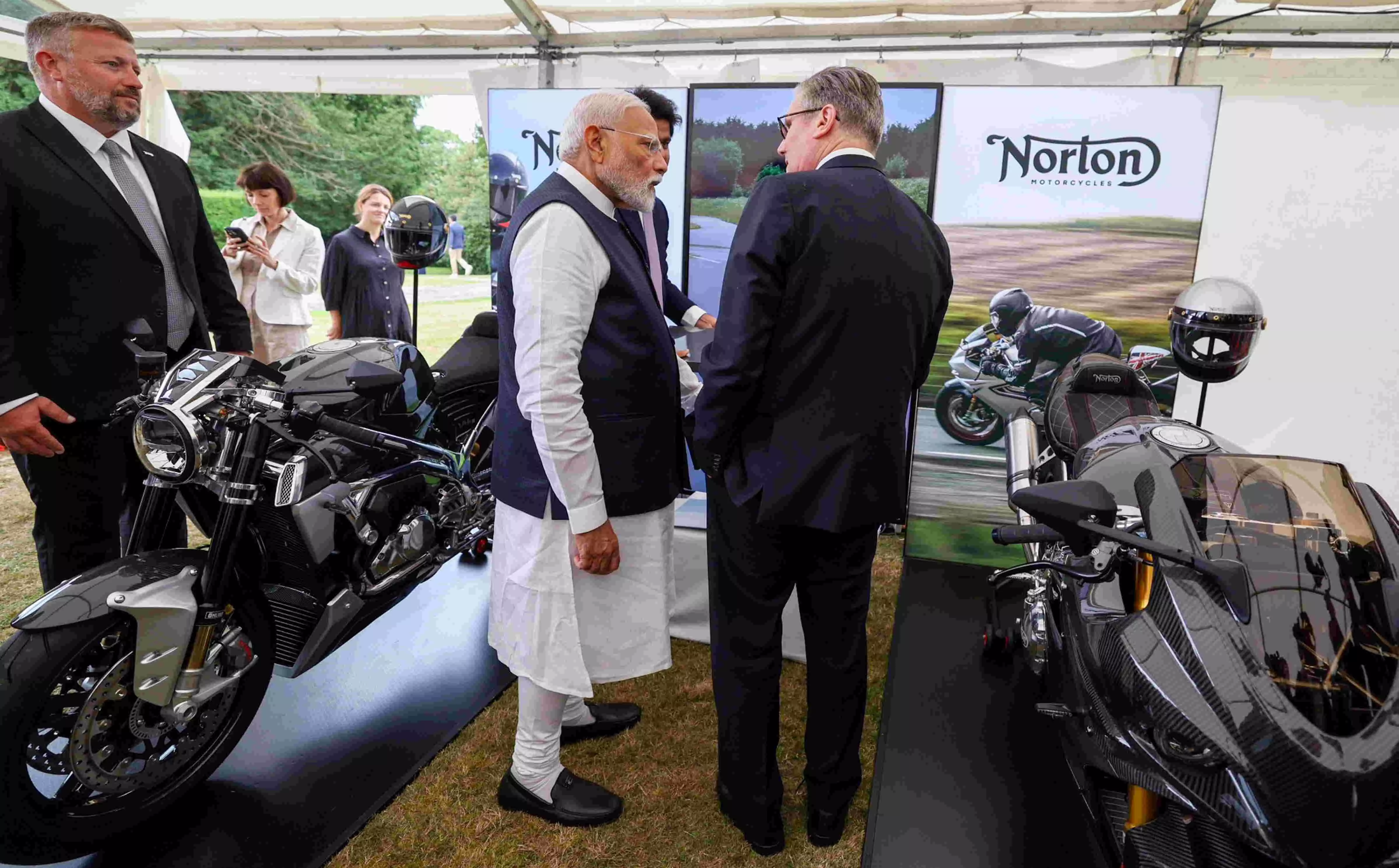Trading Ambitions

India’s recent signing of the Comprehensive Economic and Trade Agreement (CETA) with the United Kingdom marks a pivotal moment in the country’s global economic engagement. Touted as India’s most ambitious trade deal yet, covering 26 sectors and seeking to double bilateral trade to $112 billion, the CETA reflects New Delhi’s maturing approach to free trade and its readiness to align with the demands of a deeply integrated global economy. However, it also introduces an array of unprecedented commitments from India — from tariff cuts on automobiles and alcohol to opening up government procurement and altering IP regimes — that demand both scrutiny and strategic follow through. For Indian exporters, the deal offers a windfall. Nearly $6.5 billion worth of exports, particularly from labour-intensive sectors like textiles, carpets, leather goods, seafood, and fresh fruits, will now enjoy duty-free access in the UK. This boosts India’s traditional strengths and promises greater competitiveness in a market that still has high purchasing power. The UK’s willingness to remove tariffs on all Indian goods — barring a few sensitive agricultural items — is one of the most liberal concessions by a developed nation to India in recent history. This positions Indian SMEs and larger exporters to expand their footprint, provided they can meet stringent UK regulatory and quality standards. But trade is never a one-way street. In exchange, India has for the first time opened tariff lines in sensitive sectors such as automobiles, wines, and spirits. The auto sector inclusion is especially noteworthy. By agreeing to lower duties on up to 37,000 UK-made petrol and diesel vehicles annually — down from 100- 110 per cent to just 10 per cent within five years — India has departed from its long-held stance of high tariff protection to nurture domestic auto players. While the quotas are structured and phased, and the impact on India’s EV push might be minimal, this sets a precedent that Japan, the EU, and the US could now cite in their respective negotiations. Whether these duty cuts will ultimately erode or strengthen India’s automotive ecosystem will depend on how local manufacturers innovate and adapt in a market where premium foreign brands may gain a fresh lease of life.
Similarly, India’s decision to offer steep but gradual tariff cuts on premium UK-origin alcoholic beverages introduces a pragmatic balancing act. The minimum import price condition protects domestic distillers from low-cost imports while giving premium UK spirits like Scotch a stronger market foothold. However, the broader message is clear: India is willing to cede space in culturally and politically sensitive markets if the terms enhance its larger economic goals. Perhaps more contentious is the inclusion of government procurement and intellectual property rights in the agreement. For the first time, India is offering UK companies access to 40,000 high-value contracts from central ministries in key sectors like transport and green energy. While this could improve transparency, competitiveness, and infrastructure outcomes, it also raises the bar for Indian firms, especially SMEs, which may now face stiffer competition on their home turf. On the IP front, India has accepted language in the agreement that nudges it toward more generous remuneration for patent holders, potentially limiting its flexibility in issuing compulsory licenses in health emergencies. This shift — although still aligned with WTO norms — must be watched closely to ensure it does not compromise India’s ability to address public health priorities in the future. The services sector — a key pillar of India’s trade with the UK — has also seen liberalisation. With Indian IT and business services dominating the UK market, the new agreement will further entrench India’s strengths, while also opening up FDI flows in telecom, financial services, and air transport. In a gesture of soft power recognition, the UK will offer an annual quota of 1,800 visas for yoga instructors and classical musicians, which, while symbolic, acknowledges India’s cultural exports.
That said, the agreement is not without its blind spots. India failed to secure a carve-out against the UK’s planned carbon tax regime (CBAM), which could affect Indian exports of steel and aluminium starting 2027. As India expands its green transition, this loophole exposes it to penalisation on grounds of carbon intensity — an area where India has repeatedly sought equitable treatment for developing countries. The CETA offers a reminder that modern trade deals are less about tariffs and more about regulation, access, and alignment. As such, their real impact lies in execution, institutional readiness, and the ability of businesses — particularly MSMEs — to navigate the compliance-heavy environment that characterises advanced economies like the UK. For India, CETA is not merely about trade volumes. It is a signal — to the world and to itself — that it is ready to play in a league where economic integration requires compromise, competitiveness, and vision. The deal may challenge some long-standing protectionist instincts, but it also opens up possibilities that align with India’s aspirations of becoming a $5 trillion economy. What matters now is ensuring that the benefits are broad-based and that vulnerable domestic sectors are supported to adapt to a new trade landscape.



